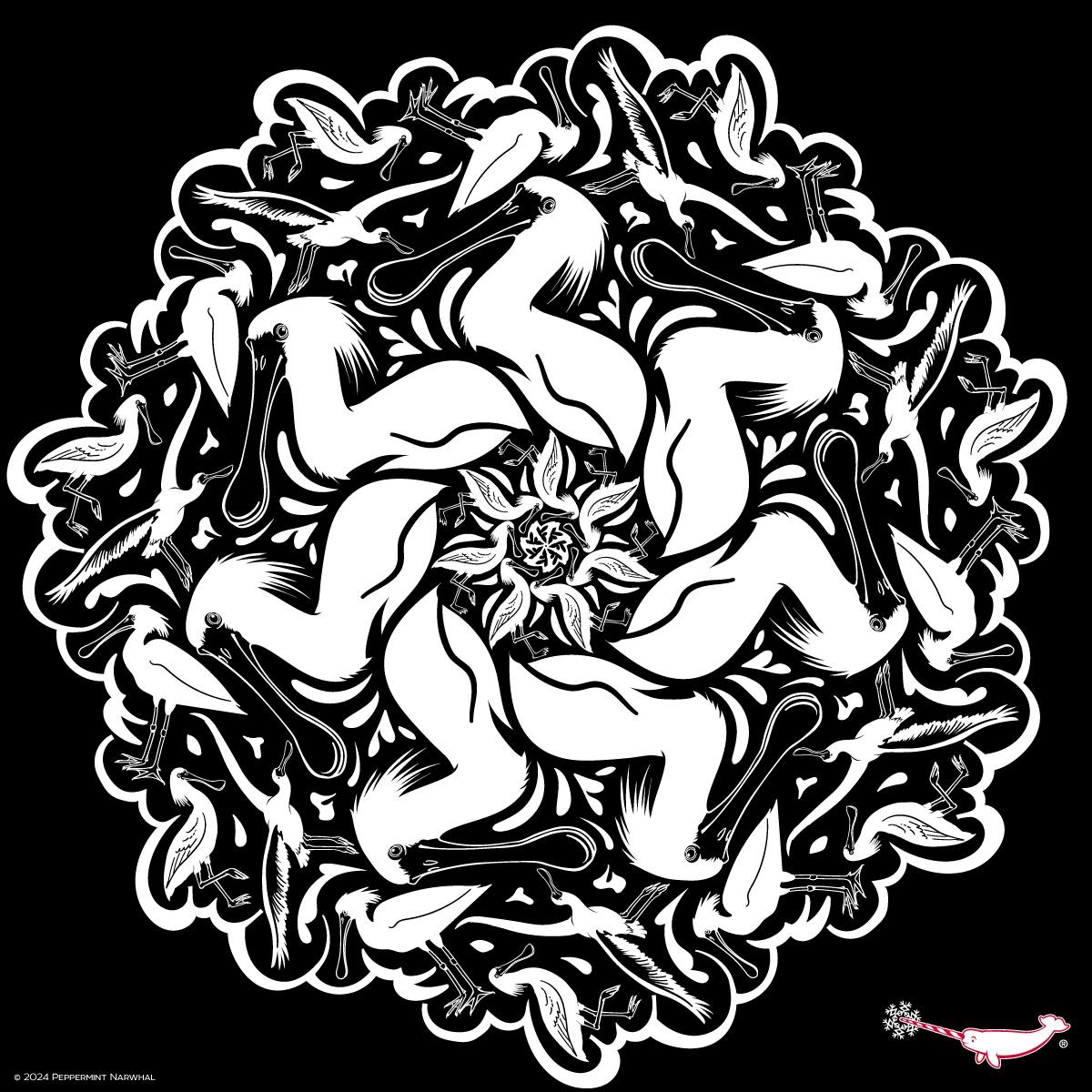– The ecological role and habitat preferences of the Black-faced Spoonbill
– Threats facing the Black-faced Spoonbill and current conservation efforts
– Features and behaviors that distinguish the Black-faced Spoonbill
– The significance of the Black-Faced Spoonbill in biodiversity and ecosystem health
– Strategies for engaging the public in the conservation of Black-faced Spoonbills
The Black-faced Spoonbill (Platalea minor) is a critical species within the ecosystems of East Asia, serving a vital role in maintaining the health and balance of its habitat. With its distinctive spoon-shaped bill, this wading bird thrives in wetland areas, including estuaries, tidal flats, and mangroves, where it feeds primarily on small fish, amphibians, and invertebrates. The Black-faced Spoonbill’s feeding habits contribute significantly to the control of aquatic populations, thereby supporting the overall biodiversity of these wetland habitats.
However, the Black-faced Spoonbill faces several threats, primarily habitat loss due to urban development, environmental pollution, and the impact of climate change. These challenges have placed the species on the IUCN Red List of Threatened Species as Endangered. Despite these threats, conservation initiatives across East Asia are underway, aiming to safeguard the remaining populations of Black-Faced Spoonbills. These initiatives include habitat restoration, pollution control measures, and the establishment of protected areas. Moreover, international cooperation has led to the implementation of multiple countries’ conservation policies, reflecting a growing recognition of the Black-faced Spoonbill’s ecological importance.
Distinguishing the Black-faced Spoonbill from its relatives involves several unique features. Adult Black-faced Spoonbills possess a distinctive black face that contrasts sharply with their white plumage, a feature not found in other spoonbill species. Their spoon-shaped bill, which they use to forage for food by sweeping it side to side in shallow waters, is a remarkable adaptation that efficiently locates prey in murky waters. Additionally, their nesting behaviors, including their preference for building nests in trees or on islets within wetlands, set them apart from other wading birds that usually nest on the ground.
The significance of the Black-Faced Spoonbill in promoting biodiversity and ecosystem health cannot be overstated. As a species at the top of their food chain in their habitat, they play a pivotal role in controlling the populations of their prey, thus helping to maintain a balanced ecosystem. Wetlands, the primary habitat of the Black-Faced Spoonbill, are among the most productive environments on the planet, supporting a vast array of life. The conservation of the Black-Faced Spoonbill, therefore, contributes to the broader goal of preserving these biodiverse regions, which are critical for global environmental health.
Engaging the public in conserving the Black-faced Spoonbill is essential for ensuring the species’ survival. Public awareness campaigns highlighting the plight of the Black-faced Spoonbill and the importance of wetlands can foster a sense of stewardship among communities. Educational programs, particularly for youth, can inspire a new generation of conservationists committed to protecting this species and its habitat. Moreover, involving local communities in conservation efforts, such as habitat restoration projects, can provide economic benefits while promoting biodiversity conservation.
The Black-Faced Spoonbill plays a crucial role in the ecosystems of East Asia, contributing to the health and biodiversity of wetlands. The species is currently listed as Endangered because of significant threats from habitat destruction and environmental pollution. However, concerted conservation efforts offer hope for its future. By understanding the ecological role, threats, and necessary conservation measures for the Black-faced Spoonbill, individuals and communities can take meaningful action to protect this vital species and its habitat. Engaging the public in these efforts is key to fostering a sustainable coexistence with this remarkable bird and ensuring the preservation of wetland ecosystems for future generations.
*****
Source Description
ZOOFLAKE – Black-Faced Spoonbill
The Black-faced Spoonbill (Platalea minor) is a wading bird native to East Asia. It is the smallest and rarest of the six spoonbill species in the world. The species is currently listed as Endangered on the IUCN Realist of Threatened Species, but thankfully, population numbers are increasing. It feeds by sweeping its spoon-shaped bill from side to side in the muddy shallows to stir up prey, including invertebrates, fish, and amphibians.
–
NEW collectible enamel pin series featuring the world’s only egg-laying mammals, the monotremes, including the platypus and the echidnas.
Pledge Now! – https://rb.gy/0lw7he
Search “Monotremes” or “Peppermint Narwhal” on Kickstarter.
The campaign runs now through Feb. 4, 2024.
Shop www.peppermintnarwhal.com.
Last Chance – 2024 Calendar will sell out soon!!!


